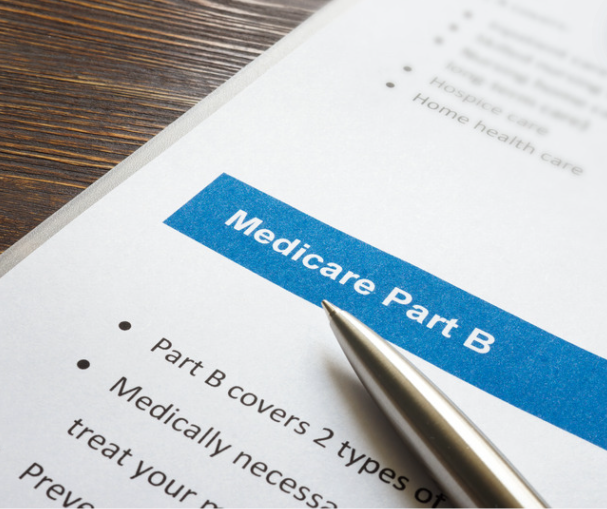- Licensed & Approved Agency in Multiple States
- (888) 901-4870
- (404) 996-0045

Do I Need Medigap?
August 12, 2016
5 Reasons Why You Should Have Your Own Independent Medigap Insurance Agent
September 10, 2016Signing up for Medigap
If you’re turning 65 this year, you have some decisions to make about your Medicare coverage, like signing up for Medigap. But don’t dilly-dally! To get the best deal, and to preserve your Medigap plan options, most of you must take action within a narrow time period. For example Medicare Part B imposes a penalty for late enrollment in many cases.*
You also need to act quickly when it comes to buying Medigap, which is also known as Medicare Supplement insurance. Again, you only have a limited amount of time to sign up.
Specifically, if you want Medigap protection through your first year of eligibility, you must enroll during your Medigap open enrollment period. This means means you must act within six months after the first day of the month in which you are 65 years old or older and enrolled in Medicare Part B.
Now, if you don’t enroll in Part B right away, you can push off your window a few weeks. But once the first of the month arrives in which you turn age 65 and you are enrolled in Medicare Part B, that clock is ticking, and there’s no way to stop it.
I can’t afford Medicare Part B
If you think you can’t afford to sign up for Part B, call us. Depending on your state, there are programs that may help you pay your Part A and Part B premiums, or both. Remember you must sign up for Medicare Part A and Part B in order to sign up for Medicare Supplement insurance.
Why you must act fast
Medicare Supplement insurance is available to anyone enrolled in both Part A and Part B of Medicare, regardless of your medical condition – provided you sign up within the Medigap Open Enrollment Period.
If you miss the deadline, then you won’t qualify for guaranteed enrollment. Meaning, if you have a pre-existing medical condition, you may not qualify health-wise for a Medigap plan. To ensure you receive the Medigap protection you need, and preserve all your other options, start the process as soon as your open enrollment period begins.
Don’t Allow A Break in Coverage
While the insurance company can’t make you wait for your coverage to start, it may be able to make you wait for coverage related to a pre-existing condition. A pre-existing condition is a health problem you have before the date a new insurance policy starts. In some cases, the Medigap insurance company can refuse to cover your out-of-pocket costs for these pre-existing health problems for up to 6 months. This is called a “pre-existing condition waiting period.” After 6 months, the Medigap policy will cover the pre-existing condition.
If you have a pre-existing condition, you buy a Medigap policy during your Medigap Open Enrollment Period, and you’re replacing certain kinds of health coverage that count as “creditable coverage,” it’s possible to avoid or shorten waiting periods for pre-existing conditions. Prior creditable coverage is generally any other health coverage you recently had before applying for a Medigap policy. If you have had at least 6 months of continuous prior creditable coverage, the Medigap insurance company can’t make you wait before it covers your pre-existing conditions.
*Part B Late Enrollment Penalty
Remember that you have to be enrolled in both Part A and Part B when signing up for Medigap coverage. If you fail to sign up for Part B during your limited initial open enrollment period, your premium may go up by 10 percent for each year you qualified for Part B coverage but didn’t sign up for it. You may also have to wait until January 1st of the following year to sign up for Medicare Part B at all, as that’s when the general open enrollment period commences. However, your Part B effective date wouldn’t be until July 1st.




